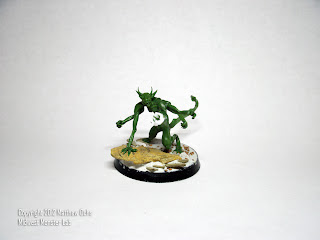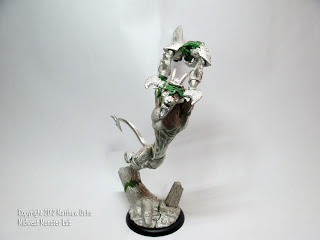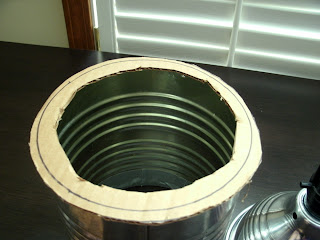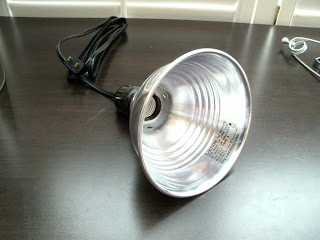December has definitely been a month for green stuff conversions and modeling for me at the Monster Lab. Last week we saw a Ghetorix conversion I made for Michael P. and a few weeks before that I showed you how to make your very own Skethar alpha from two existing DGS Skethar metal models; that project was for my long-time customer Jon C.
Doing all these conversion projects got me itching to do something from scratch, so I pulled out my green stuff oven, my modeling tools, and world's best modeling epoxy and got to work sculpting an original Skethar alpha model, one that I'm calling the Skethar King.
Let's take a look how the work went from start to finish.
All great sculpting projects start as a humble wire frame. My good buddy and fellow hobbyist Kent Plumb pushed me to get a soldering kit and I'm thankful he did, it beats waiting for green stuff joints to dry.
Next, I bent the mannequin into its final shape. I wanted to have the S.K. in an animalistic "on-all-fours" pose, leering at some ill gotten treasure he's cradling in his front left hand.
A little bit of 'stuff on the frame and the S.K. began to gain a bit of bulk. I didn't want him to be too pumped up so as I proceeded I tried to keep the muscle tone lean.
When I sculpt I like to do it step-by-step from one muscle group to another. Doing it this way I feel a more natural muscle tone is reached. The key is to make each group stand out, but not so much that they look like flayed muscle.
At this point, I have all the muscles in place and the frame is completely covered, now it's time to build the finer features of the model like hands and a face.
This is the beginning to a head that I ultimately scrapped. It was 99% complete before I trashed it! sometimes you have to completely start over to get exactly what you want.
The Skethar King is holding a human crown. I like the idea of the S.K. slaying his kingly victim (or stealing it!) and coveting his ill-gotten treasure.
And he's done! In the end, I wanted to incorporate a few traditional "devil" themes like a spade-tipped tail, horns, and ridges on his tail to really bring the model together.
The end result is a capricious demon, skulking on all fours and reveling in his mischief.
The S.K.'s nasty grin captures the personality of a Skethar perfectly, malevolent and mischievous all at the same time.
That's it for this week, thanks for stopping by and checking out my work! Come by next week to see what hobby projects are being brought to life here at the Monster Lab!



















































